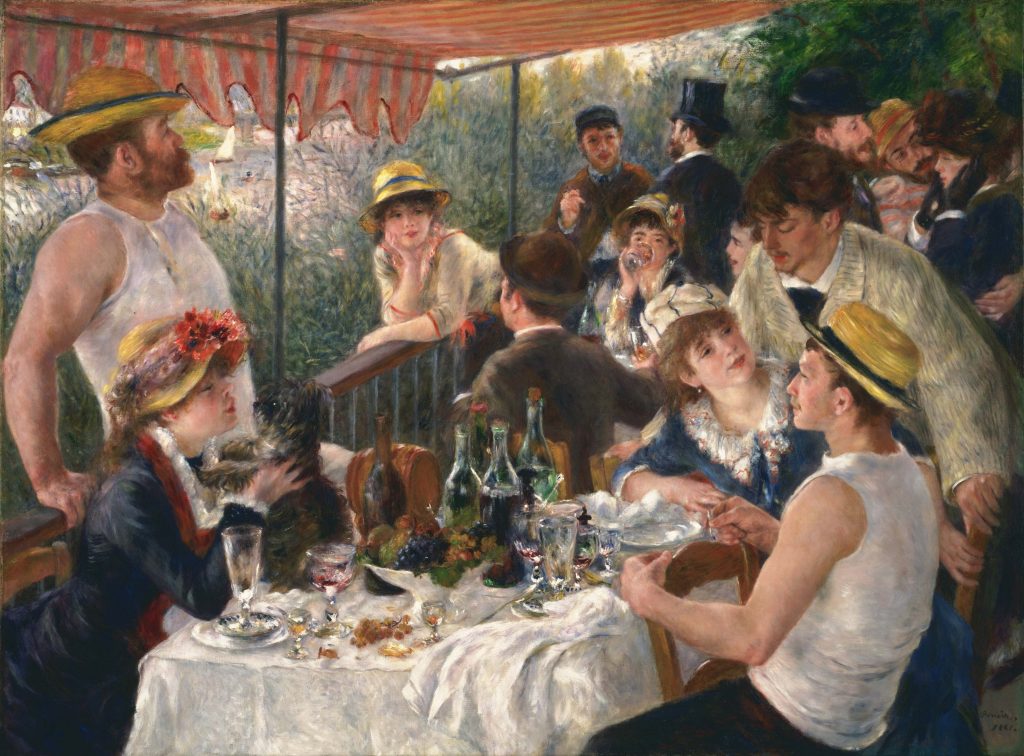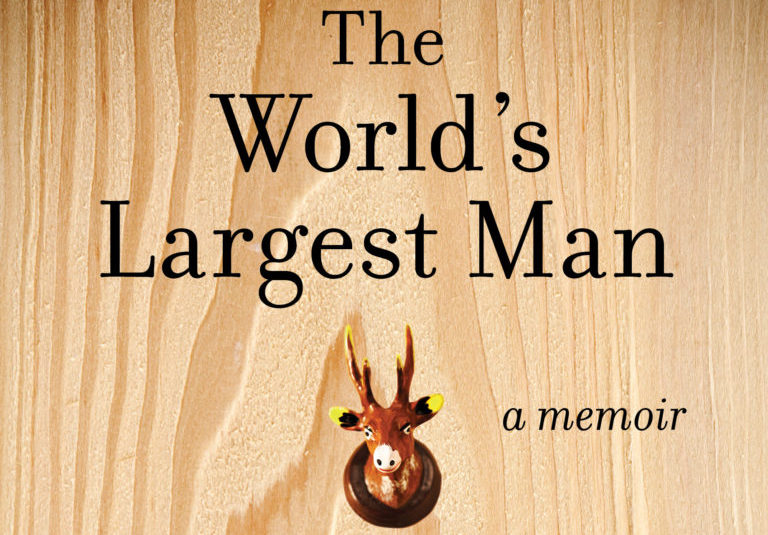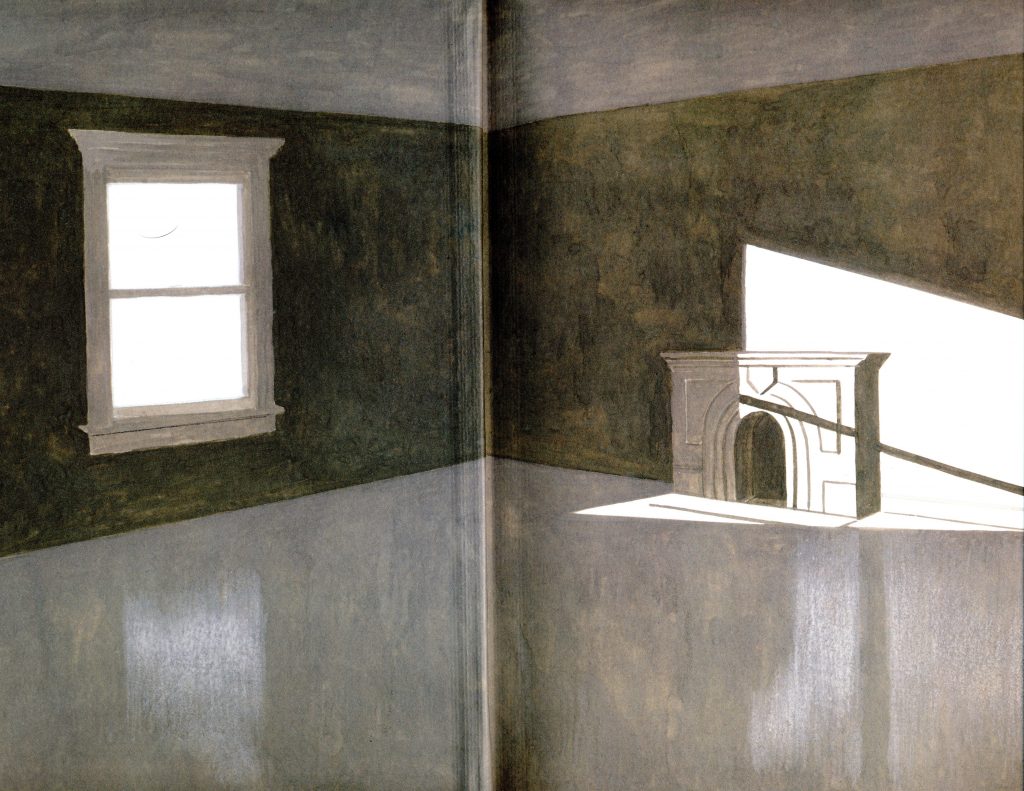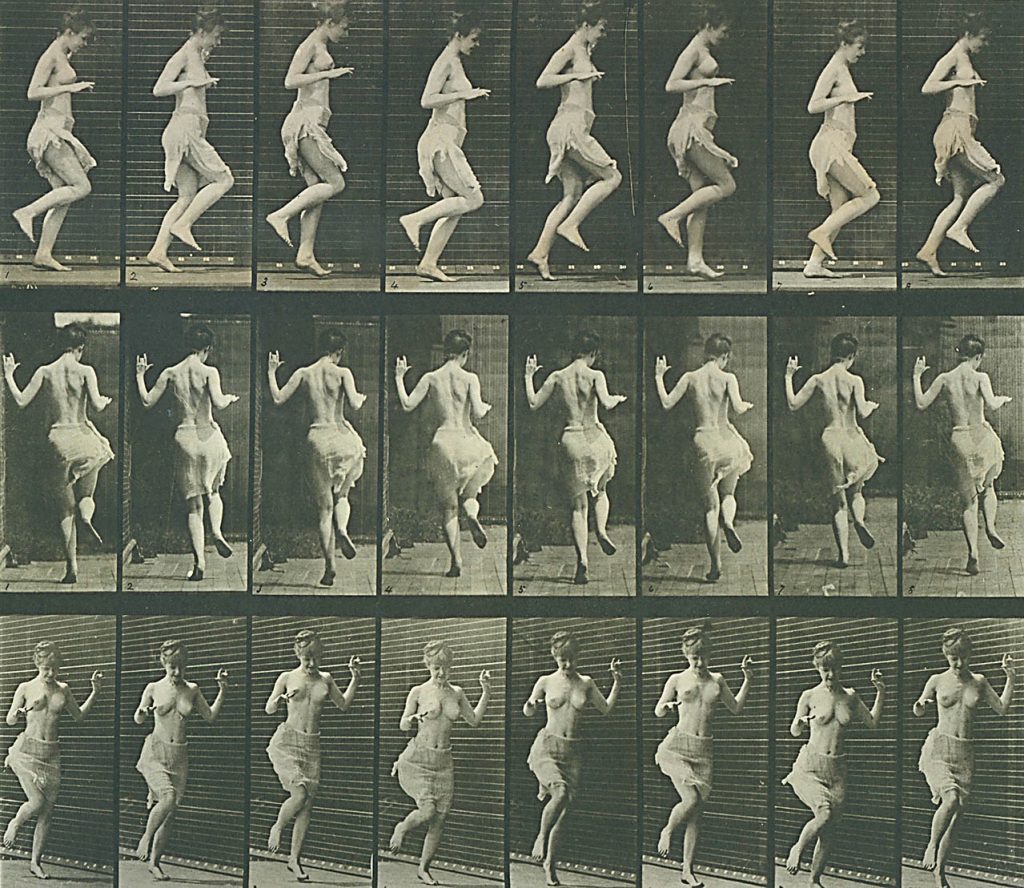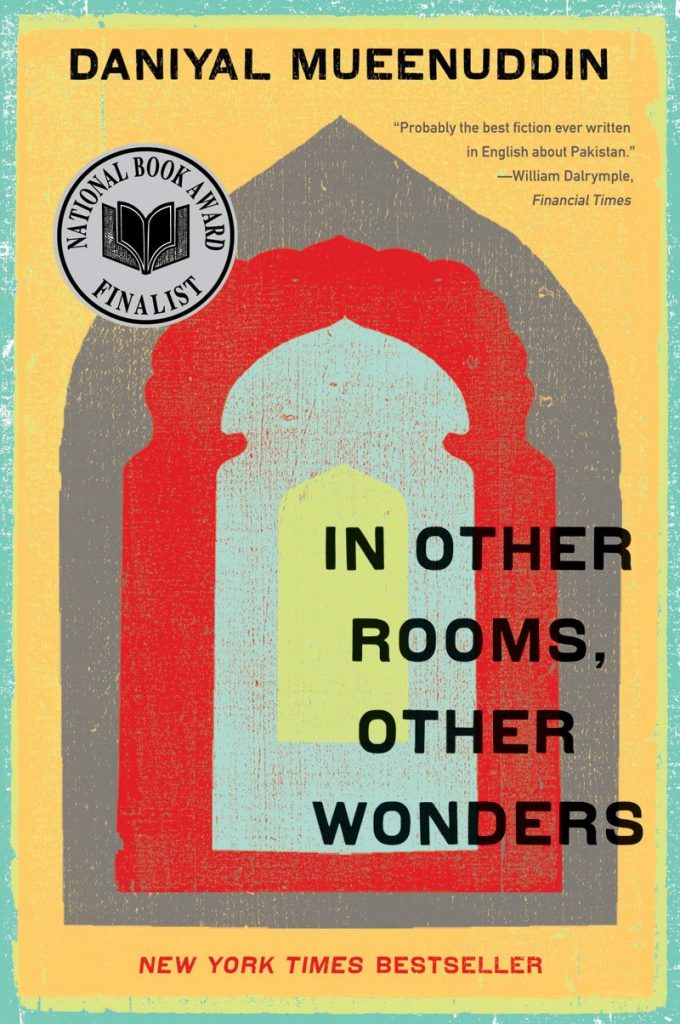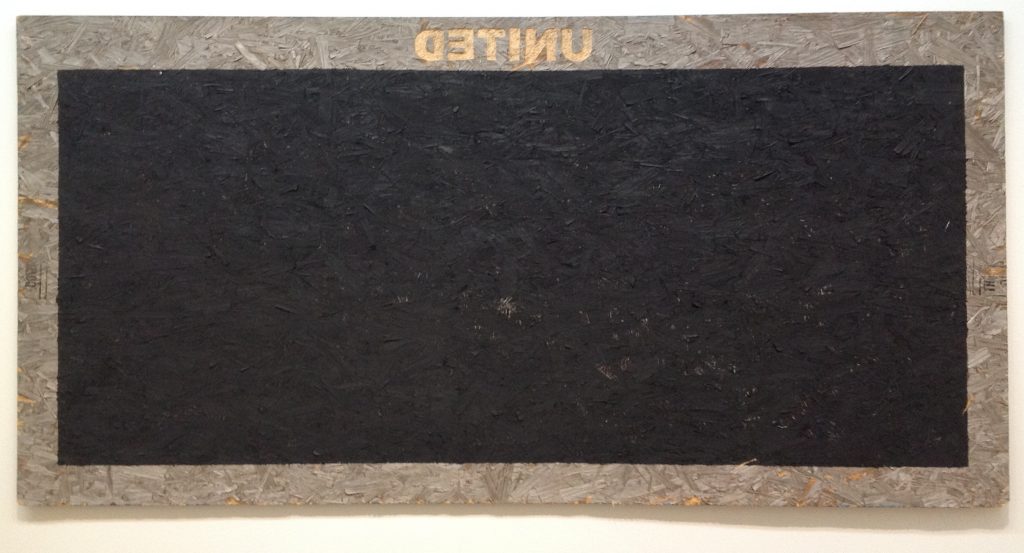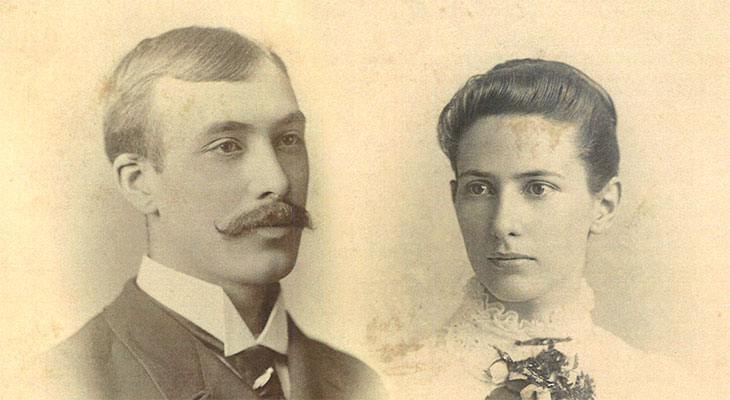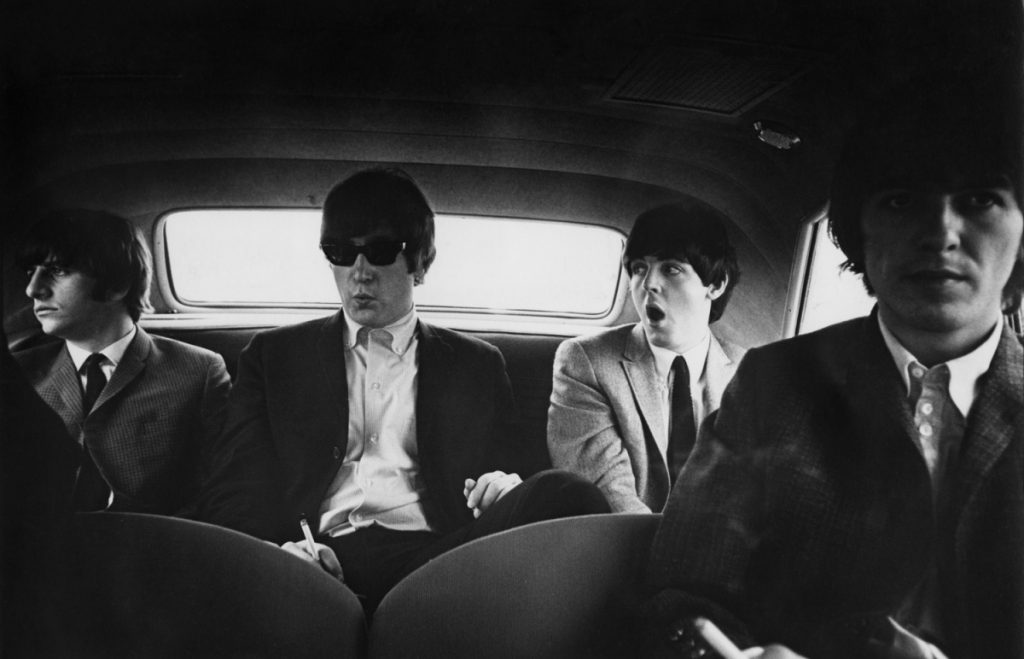In the early morning hours of July 6, 1996, 19-year-old Dawn Sprunger was driving home from a friend’s house when she spotted an unidentified flying object hovering above her in the sky. “It looked like a vertical jet,” she later told reporters, “triangular in shape. At certain times you could see red and blue lights in it.” Sprunger remained calm and drove home, though once inside, peeked out the window to find that the aircraft had apparently followed her. She woke her parents, who upon witnessing the red and blue lights themselves, quickly called the authorities. By sighting’s end witnesses would include several police officers, the police chief, as well as the mayor of Berne, Indiana, who, fine public servant that he was, even managed to record a bit of video footage of the encounter.

